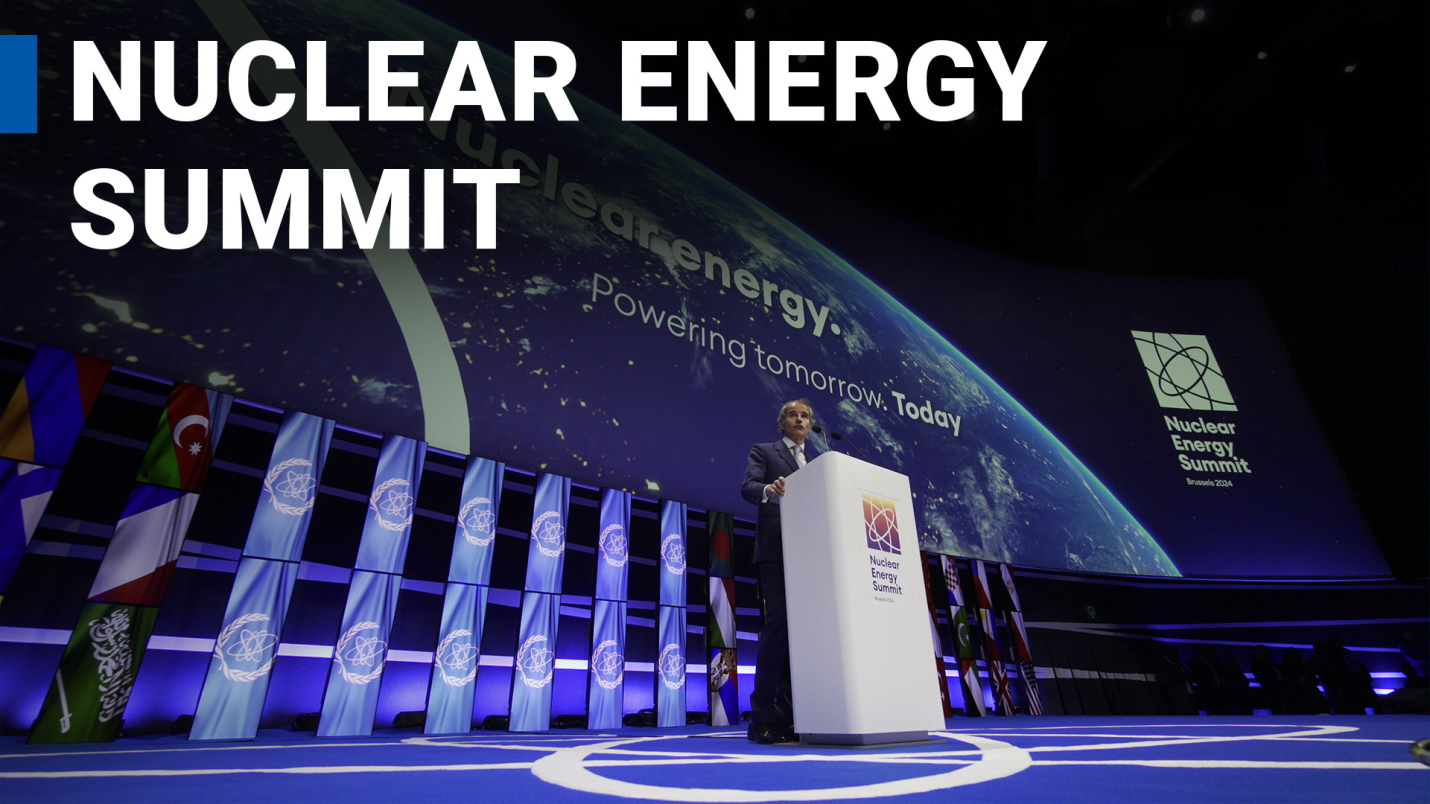Description
GS PAPER II: Important International Institutions, agencies and fora - their Structure, Mandate.
Context: Olympic-bound athletes will not be allowed to protest on the field, on podiums, and during ceremonies.
- The decision, taken on the back of the International Olympic Committee’s (IOC’s) Rule 50, has triggered a fresh round of debate over athletes’ right to expression.
- The IOC’s Rule 50 forbids any kind of “demonstration or political, religious or racial propaganda” at venues and any other Olympic area.
- However, following the death of George Floyd in the USA last May, which triggered anti-racism protests and gave a boost to the Black Lives Matter movement, the Olympic body came under pressure to relax the rule so that athletes could express themselves freely during the Games.
Need to preserve sacrosanct ceremonies
- An overwhelming number of athletes still like to see that the field of play and the ceremonies remain sacrosanct, and they are kept away from any protests.
- The athletes, will continue to have other opportunities to express themselves: in press conferences, on social media, in mixed zones, and there is also a suggestion to ‘increase athletes’ expression outside the Olympic Games’.
- In Olympic Village, ceremonies, and field of play, there is greatest degree of solidarity, where you have 206 National Olympic Committees and an Olympic refugee team living together peacefully in one place. It is such a great example for the world and for society in general.
- Hence, there is an emphasis on the need to preserve (those areas) since this can also snowball into something very dangerous.
https://indianexpress.com/article/explained/article-50-why-ioc-chose-to-continue-ban-on-protests-on-field-podiums-7291778/














